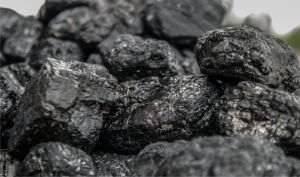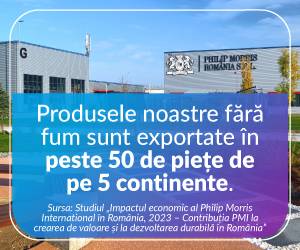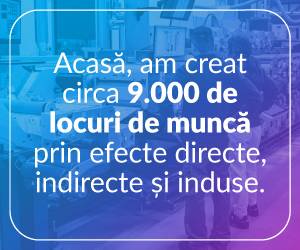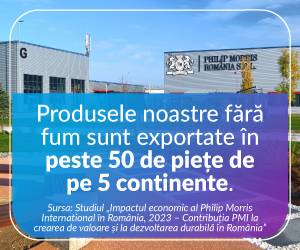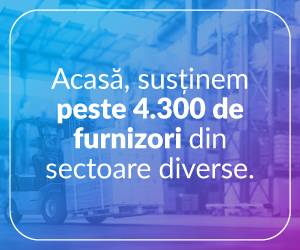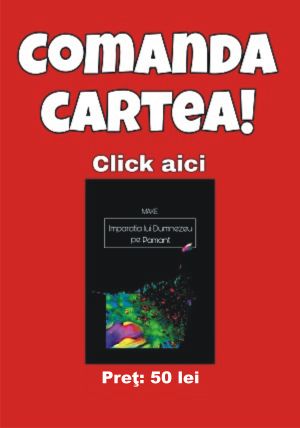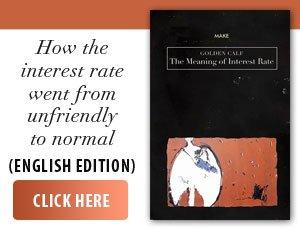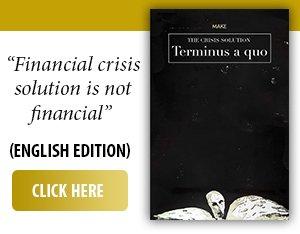In a world affected by climate change, biodiversity loss and food crises, there is one element that connects all these problems, although it often remains in the shadows: water. Without water, there is no life, no agriculture, no economy. And yet, paradoxically, the water crisis is perhaps the most ignored global emergency. Whether we are talking about drought, pollution, floods or health risks, they all point to the same thing: we have underestimated the value of water, and the consequences are starting to catch up with us.
• A hidden crisis amidst other crises
Water is not just a factor in the climate crisis - it is a risk multiplier. Its lack worsens food insecurity, intensifies social conflicts, reduces the capacity for health response and accelerates the degradation of ecosystems. According to a recent WWF report, the value of freshwater ecosystems exceeds $58 trillion - more than global GDP. Yet a third of the world's wetlands have been destroyed in the last 50 years alone. Aquatic species populations have declined by more than 80%.
Freshwater is finite, vulnerable and overexploited. And yet, we continue to treat it as an infinite resource.
• Agriculture and industry: the biggest consumers, the biggest polluters
Almost 70% of the freshwater used globally goes to agriculture - mainly for raising livestock and growing feed. Paradoxically, much of this water ends up wasted, polluted with nitrates, pesticides and organic waste. The food industry - especially meat production - not only consumes huge amounts of water, but also generates significant pollution. In many areas, rivers become channels for this waste, affecting not only fauna but also the local communities that depend on them.
• Climate changes everything: when the rain stops coming and the rivers dry up
Climate change brings not only higher temperatures, but also a completely altered hydrological regime. Rains become rarer but more violent; drought periods are longer and floods more frequent. Rivers lose their flow, lakes disappear, and the water table drops. Romania is already affected: in the south of the country, droughts are becoming more frequent. Studies estimate that, by 2050, the flow of rivers in our country could decrease by a third. In Oltenia, desertification is becoming a reality - and the region risks becoming the "Romanian Sahara”.
• Water and health: a direct link
Without clean water, there is no health. This doesn't just mean hydration, but also hygiene, sanitation, cooling during heat waves, and preventing epidemics. The water crisis is already affecting hospitals, schools, and households. In many places, the quality of drinking water is compromised by pollution or aging infrastructure. Lack of water also means an increased risk of diarrheal diseases, skin diseases, and respiratory infections - especially in vulnerable communities.
• Innovation can help: water from the air, even in arid areas
But there is hope. A team of Israeli researchers has succeeded in obtaining drinking water from polluted urban air, without natural sources or filtration networks. This technology could completely transform the way we think about water distribution - especially in regions affected by drought or climate disasters. However, even this solution depends on one essential factor: air quality. Thus, it becomes clear that the health of ecosystems is deeply linked to that of our vital resources. To solve the water crisis, we cannot act in isolation. Solutions must take into account the interdependencies between water, climate, biodiversity and health. For example: Restoring wetlands reduces the risk of floods and naturally filters water; Protecting rivers and springs contributes to biodiversity and health safety; Reducing meat consumption reduces pressure on water resources and reduces greenhouse gas emissions; Sustainable agricultural policies maintain soil fertility without polluting water.

• Water scarcity in Europe: impact and solutions
Water scarcity is one of the most pressing problems facing Europeans. Up to 34% of the EU population and 40% of its territory experienced seasonal water scarcity in 2022, according to Eurostat data. In southern Europe, up to 70% of the population suffers from water scarcity during the summer months. According to the United Nations, a country is facing "water stress” when its annual water resources are below 1,700 m³ per capita. Countries such as Cyprus, Malta, Poland and the Czech Republic face chronic water stress. According to the European Environment Agency (EEA), around 20% of Europe's territory and 30% of the population are affected by water stress every year. MEPs are calling for binding water efficiency targets covering all water uses, including agriculture, industry and households. Proposed solutions include adopting more sustainable agricultural models, supported by innovative technological solutions, providing incentives for water reuse practices, reducing pollution and water demand. The EU's water problems are not just about quantity, but also about quality. According to the EEA, in 2021, only 37% of Europe's surface waters achieved "good' or "high' ecological status, and only 29% achieved "good' chemical status. Good ecological and chemical status indicates that human activity has not had a significant impact on a surface water body. The main water pollutants include industrial chemicals such as heavy metals and persistent harmful substances known as "perennial chemicals'; chemicals used in agriculture that end up in rivers, lakes and other waters, as well as emerging contaminants such as microplastics. MEPs stress that existing EU laws to combat water pollution (such as the Water Framework Directive and the Drinking Water Directive) need to be better implemented and enforced. They add that the EU must further reduce pollution caused by chemicals, pharmaceuticals, antibiotic-resistant bacteria, microplastics, pesticides and chemical fertilisers. By mid-century, the frequency and intensity of heat waves and droughts are expected to increase in most of Europe. Investment in water infrastructure and smart monitoring systems are essential to track water quality and use in real time. MEPs therefore suggest a dedicated and distinct funding line in the future long-term EU budget starting in 2028. This should be allocated to improving water resilience in regions most at risk of water scarcity.
• What we can learn from success stories
In some parts of the world, integrated measures are already working. In the Netherlands, river restoration has reduced flood damage. In California, wastewater reuse has led to a sustainable circular system. In marine protected areas, ecosystems are regenerating and fisheries are becoming more efficient in the long term. These solutions are not only ecological, but also economic: investing in nature generates ten times more benefits than costs.
Water is the glue that holds life together on Earth. It is also the most sensitive indicator of the imbalances we are causing. If we lose control of water, we lose control of the future. But if we put water at the heart of solutions - in policies, in innovation, in education and in the economy - we can rebalance not only ecosystems but also our relationship with the planet. We cannot live without water - and we cannot have water without a healthy planet.






